Topics
Category
Era
McGhee, Fredrick (1861–1912)
Fredrick Lamar McGhee (1861–1912) was Minnesota’s first African American lawyer, its most consequential early civil rights leader, the only Minnesota public figure born in slavery, a renowned orator, and a criminal defense lawyer famous for his courtroom victories. His civil rights work had national reverberations. His break with Booker T. Washington and subsequent alliance with W. E. B. DuBois led to the foundation of the Niagara Movement, and then the NAACP.
McGhee was born on the plantation of John A. Walker, near Aberdeen, Mississippi, the youngest of three sons of Abraham and Sarah McGhee. The family escaped slavery with Union troops in 1864 and made their way to Knoxville, Tennessee, where McGhee’s father had earlier been enslaved by the wealthy and prominent white McGhees.
In Knoxville young Fredrick got some rudimentary schooling at Freedmen’s schools and the secondary school known as Knoxville College. Both of his parents died young, so as a teenager Fredrick followed his brothers, Matthew and Barclay, to Chicago.
In Chicago McGhee transformed himself from a minimally educated Southern migrant to a polished member of the city’s Black society and, most important, a lawyer in the offices of Chicago’s most distinguished Black lawyer, Edward H. Morris. There he also met and married the Kentucky-born Mattie Crane.
In 1889, probably at the instance of St. Paul newspaper publisher John Q. Adams, McGhee moved to St. Paul. When admitted to the bar in June he became Minnesota’s first African American lawyer. He made headlines quickly with acquittals of three white defendants charged with luring a girl into prostitution, and securing presidential clemency for Lewis Carter, a Black soldier sentenced to thirty ears for rape.
When McGhee arrived in Minnesota he was Protestant and Republican. Within four years he was a Democrat and a Catholic. He and Archbishop John Ireland were among the founders of the Black St. Paul parish, St. Peter Claver. McGhee called the Roman Catholic Church “shelter in the mighty storm” because of its worldwide welcome of people of all races. He left the Republican Party after he was removed as an 1892 presidential elector in favor of a Swede. At around the same time, he was denied a promised appointment as assistant St. Paul city attorney.
McGhee, like most Americans, at first celebrated the American victory in the Spanish-American War, in 1898, but later turned bitterly against American imperialism. “The fruit of expansion,” he wrote, “may look tempting to the eye, but it is rotten in the middle, and the Negro who eats of it eats it to his own destruction.”
This was the Jim Crow era, and McGhee participated in every national civil rights organization that strove to find a way to fight race discrimination. The most prominent of these at the turn of the century was the National Afro-American Council, which he served as an officer. He arranged for its 1902 convention to be held in St. Paul, and for Booker T. Washington, the preeminent Black leader of the time, to attend. Then he watched in horror as Washington took control of the organization. McGhee publicly broke with Washington in 1903, and was soon joined by W. E. B. DuBois. With other dissenters they formed, in 1905, the Niagara Movement, which advocated immediate and full equality of Black Americans. In 1909 Niagara morphed into the NAACP, led by DuBois.
McGhee, unlike most other civil rights leaders of the time, made his living in the nearly-all-white world of the Minnesota courts, where he tried many cases and had great success with Minnesota juries. His greatest victory was in the 1905 trial of two transients charged with killing a night watchman. Despite the eyewitness testimony of a St. Paul police officer, who had seen the crime, McGhee’s clients were acquitted; it was front-page news.
In his personal life McGhee was a family man (he and his wife had one adopted daughter), a churchgoer, a homeowner (in Frogtown, near the corner of University and Dale), and the owner of a cabin on the Apple River in Wisconsin. It was there in the summer of 1912 that he suffered an accident that led to a blood clot, and then an embolism that killed him a few weeks short of his fifty-first birthday. He died at the peak of his powers.
Bibliography
Nelson, Paul D. Fredrick L. McGhee: A Life on the Color Line, 1861–1912. St. Paul: Minnesota Historical Society Press, 2002.
Related Resources
Primary
1733
Court martial and pardon: petition RR-1188, Carter, Lewis, 6w4/14/1/B/Box 2197: Record Group 153 Judge Advocate General (Army)
Microfilm Collection, Minnesota Historical Society, St. Paul
Description: Includes pardon secured for Lewis Carter by his counsel, Fredrick McGhee, on November 26, 1889.
Secondary
Bergin, Daniel Pierce. "Our Able Attorney: Fredrick McGhee." In North Star: Minnesota's Black Pioneers. St. Paul: Twin Cities Public Television, 2004.
Hoffbeck, Steven R. "'Victories Yet to Win": Charles W. Scrutchin, Bemidji's Activist Attorney." Minnesota History 55, no. 2 (Summer 1996): 59–75.
http://collections.mnhs.org/MNHistoryMagazine/articles/55/v55i02p059-075.pdf
Hurley, Sr. Helen Angela, "McGhee Lawyer-Catholic Layman Was Champion Orator and Leader." Minneapolis Spokesman, June 10, 1949.
Nelson, Paul D. "Orphans and Old Folks: St. Paul's Crispus Attucks Home." Minnesota History 56, no. 3 (Fall 1998): 102–119.
http://collections.mnhs.org/MNHistoryMagazine/articles/56/v56i03p102-119.pdf
"Pioneering Black Politicians and Public Officials in Hennepin County." Hennepin History 63, no. 3 (Summer 2004): 30–33.
Roberts, Kate. Minnesota 150: The People, Places, and Things that Shape Our State. St. Paul: Minnesota Historical Society Press, 2007.
Rudwick, Elliott M. "The Niagara Movement." Journal of Negro History 42, no. 3 (July 1942): 177–200.
Taylor, David Vassar. "John Quincy Adams: St. Paul Editor and Black Leader." Minnesota History 43, no. 8 (Winter 1973): 282–296.
http://collections.mnhs.org/MNHistoryMagazine/articles/43/v43i08p282-296.pdf
Web
"Fredrick McGhee, Minnesota Lawyer Born." African American Registry.
http://www.aaregistry.org/historic_events/view/fredrick-mcghee-first-african-american-lawyer-minnesota
Related Audio
MN90: Minnesota's Most Able Attorney
All rights reserved
Holding Location
More Information
Articles
Related Images
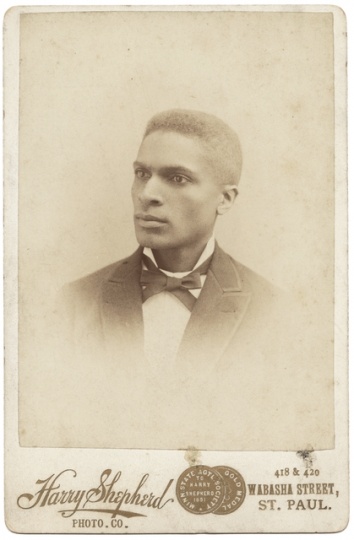
Fredrick L. McGhee
Public domain
Holding Location
More Information
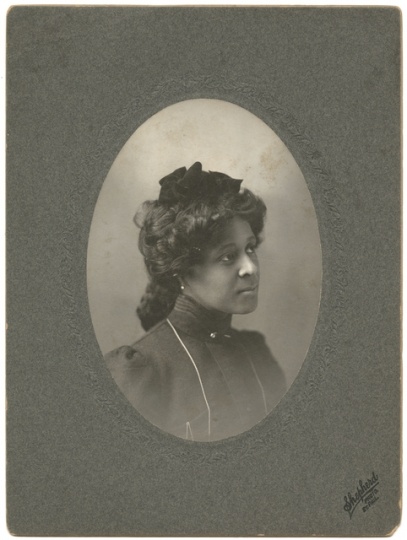
Mattie McGhee
Public domain
Holding Location
Articles
More Information
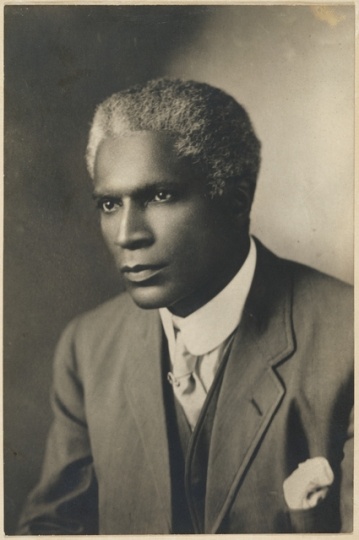
Frederick (or Fredrick) L. McGhee
Public domain
Holding Location
More Information
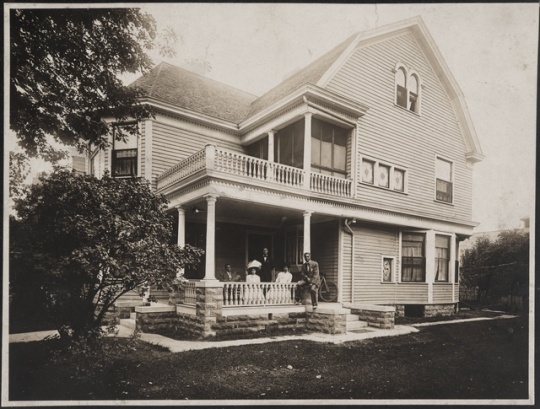
Frederick McGhee house, 665 University Avenue, St. Paul
Public domain
Holding Location
Articles
More Information
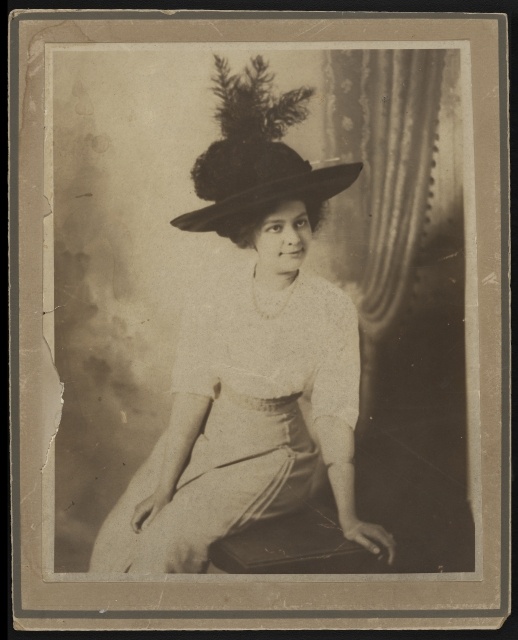
Ruth Lamar McGhee
Ruth Lamar McGhee, adopted daughter of Frederick L. and Mattie Crane McGhee, in St. Paul, ca. 1910.
Holding Location
Articles
Related Articles
Turning Point
In 1889, Fredrick McGhee settles in St. Paul and becomes the first African American admitted to practice law in Minnesota.
Chronology
1861
1889
1905
1912
Bibliography
Nelson, Paul D. Fredrick L. McGhee: A Life on the Color Line, 1861–1912. St. Paul: Minnesota Historical Society Press, 2002.
Related Resources
Primary
1733
Court martial and pardon: petition RR-1188, Carter, Lewis, 6w4/14/1/B/Box 2197: Record Group 153 Judge Advocate General (Army)
Microfilm Collection, Minnesota Historical Society, St. Paul
Description: Includes pardon secured for Lewis Carter by his counsel, Fredrick McGhee, on November 26, 1889.
Secondary
Bergin, Daniel Pierce. "Our Able Attorney: Fredrick McGhee." In North Star: Minnesota's Black Pioneers. St. Paul: Twin Cities Public Television, 2004.
Hoffbeck, Steven R. "'Victories Yet to Win": Charles W. Scrutchin, Bemidji's Activist Attorney." Minnesota History 55, no. 2 (Summer 1996): 59–75.
http://collections.mnhs.org/MNHistoryMagazine/articles/55/v55i02p059-075.pdf
Hurley, Sr. Helen Angela, "McGhee Lawyer-Catholic Layman Was Champion Orator and Leader." Minneapolis Spokesman, June 10, 1949.
Nelson, Paul D. "Orphans and Old Folks: St. Paul's Crispus Attucks Home." Minnesota History 56, no. 3 (Fall 1998): 102–119.
http://collections.mnhs.org/MNHistoryMagazine/articles/56/v56i03p102-119.pdf
"Pioneering Black Politicians and Public Officials in Hennepin County." Hennepin History 63, no. 3 (Summer 2004): 30–33.
Roberts, Kate. Minnesota 150: The People, Places, and Things that Shape Our State. St. Paul: Minnesota Historical Society Press, 2007.
Rudwick, Elliott M. "The Niagara Movement." Journal of Negro History 42, no. 3 (July 1942): 177–200.
Taylor, David Vassar. "John Quincy Adams: St. Paul Editor and Black Leader." Minnesota History 43, no. 8 (Winter 1973): 282–296.
http://collections.mnhs.org/MNHistoryMagazine/articles/43/v43i08p282-296.pdf
Web
"Fredrick McGhee, Minnesota Lawyer Born." African American Registry.
http://www.aaregistry.org/historic_events/view/fredrick-mcghee-first-african-american-lawyer-minnesota






